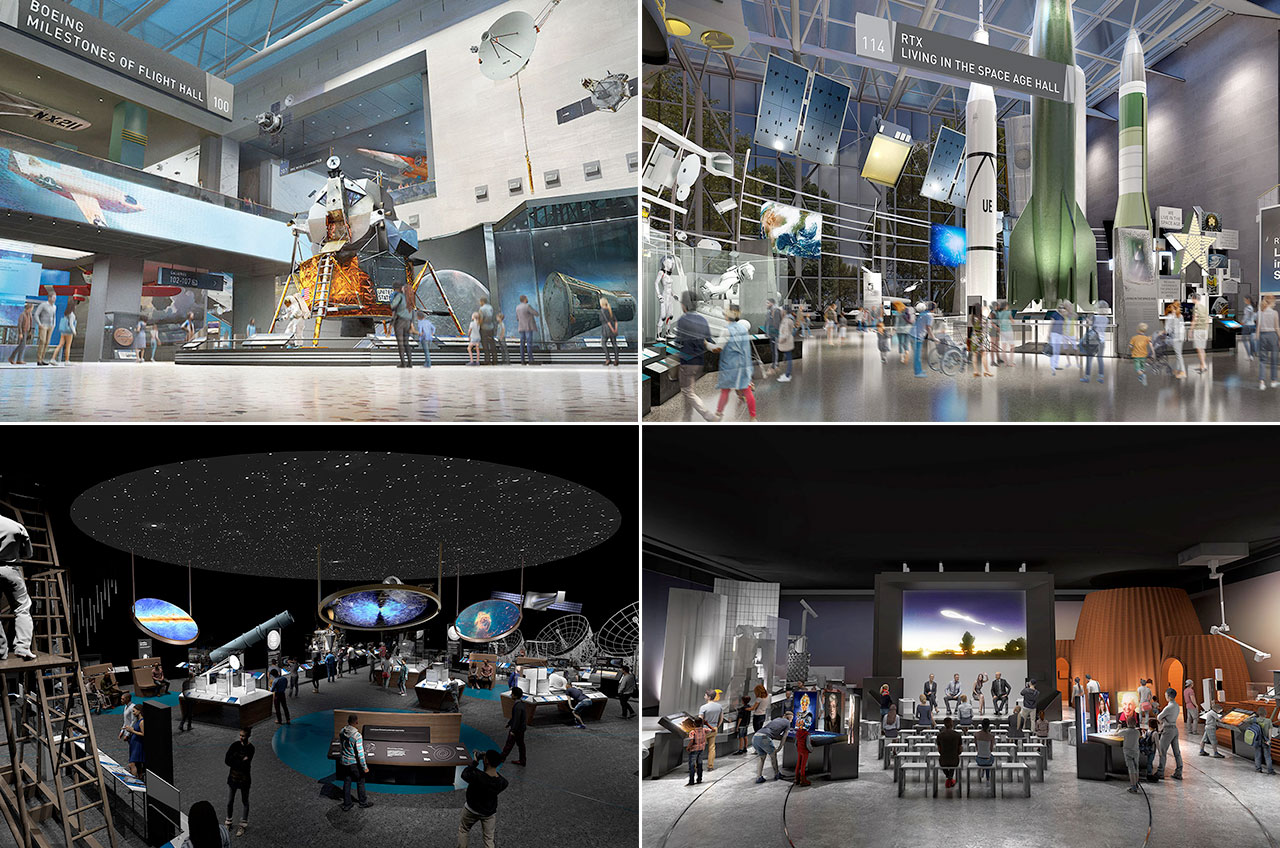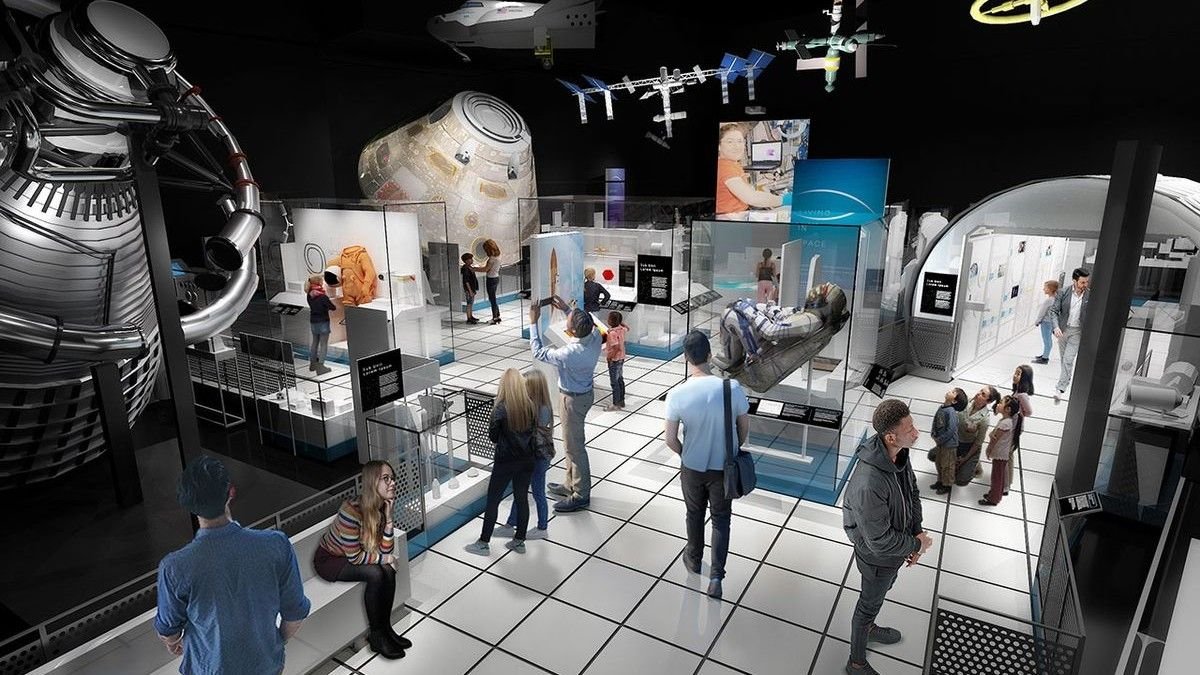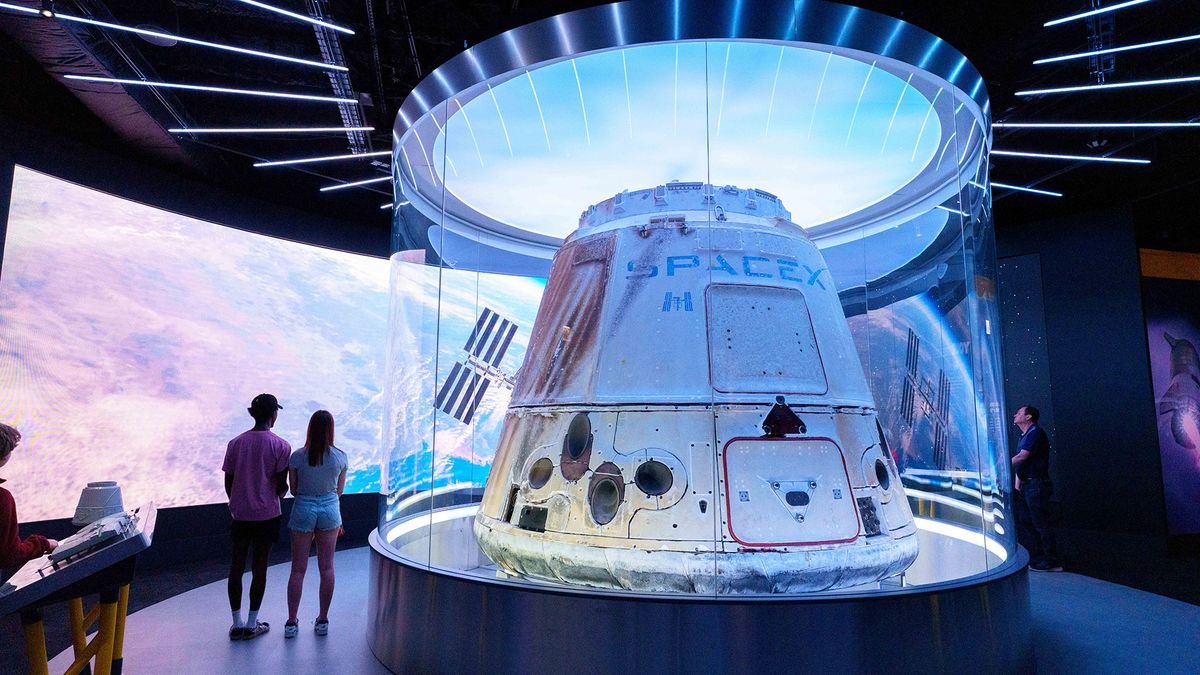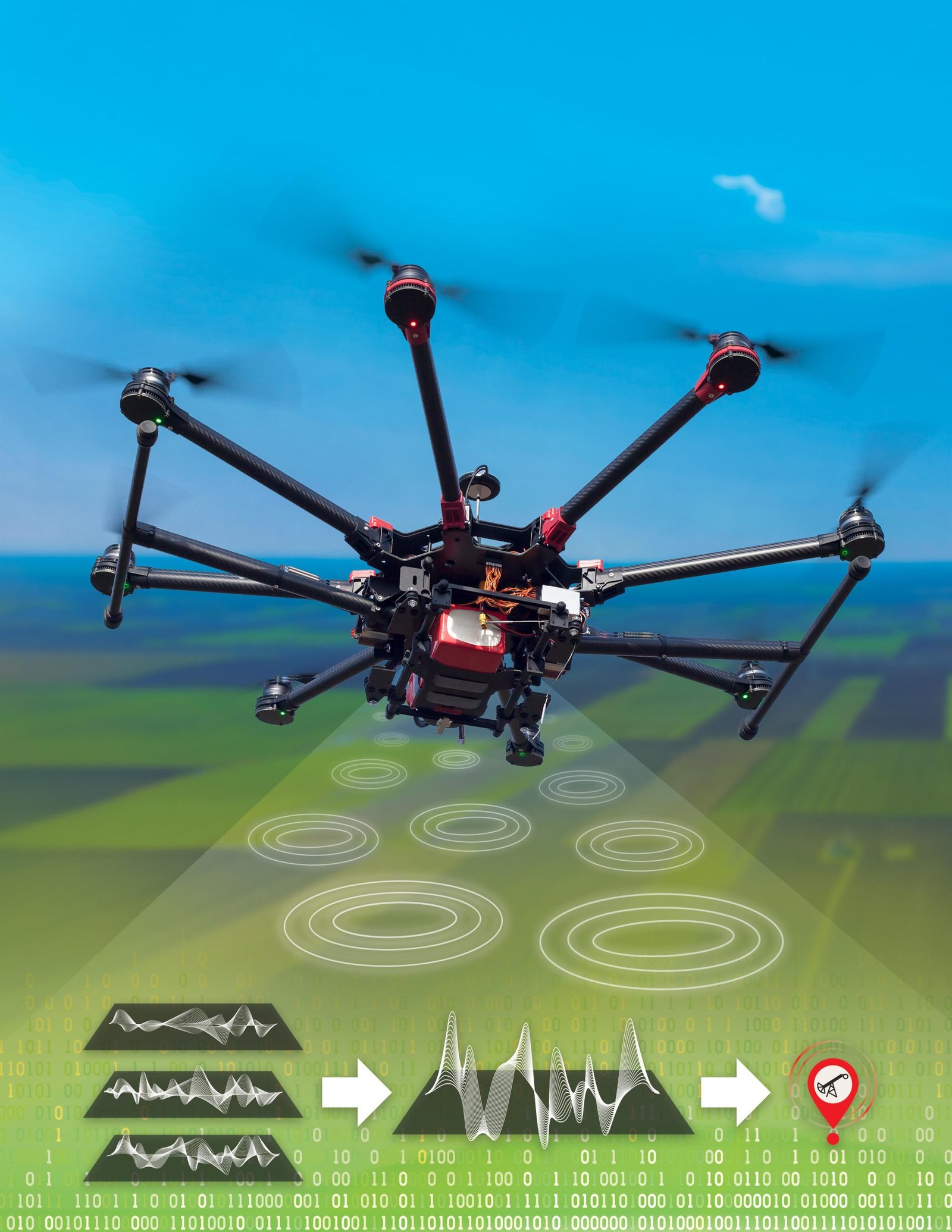NASA’s Artemis 1 spacecraft, which flew around the moon in late 2022, will be displayed by the Smithsonian as part of the renovated galleries set to open at the National Air and Space Museum in 2026.
The Orion space capsule, which set a new record for the farthest distance from Earth traveled by a returning human-rated spacecraft, will join other new and returning artifacts in “At Home in Space,” one of four space-dedicated galleries that are expected to be open in time for the museum’s 50th anniversary and the United States’ 250th anniversary. The Washington, D.C. museum is also working on five aviation-themed areas, an exhibition dedicated to innovators and an art gallery.
The “Boeing Milestones of Flight Hall,” which serves as an entrance for visitors to the museum, and “Barron Hilton Pioneers of Flight,” a gallery showcasing the iconic aircraft from the 1920s and ’30s, will be the first two galleries to open in the spring of 2025, together with the reopening of the Lockheed Martin IMAX Theater.
Related: Facts about NASA’s Artemis 1 moon mission

“At Home in Space,” which replaces the “Moving Off Earth” gallery and will take over the space previously held by “Explore the Universe” on the first floor of the museum, will immerse visitors in the more than 40-year history of the space shuttle and space stations, which have changed the way humans work and live in low Earth orbit. NASA has agreed to loan the Orion spacecraft that flew on the Artemis 1 mission after it completes its current use as an environmental test article.
Filling the hall where “Moving Off Earth” used to be found will be the National Science Foundation’s “Discovering Our Universe,” which will trace the history of modern astronomy and where the field is headed. The gallery is designed to “illuminate how the development of new and more precise tools transformed our understanding of the origin, content, and fate of the universe.”
Next door to “Discovering our Universe” will be the RTX “Living in the Space Age” hall, replacing “Space Race,” which ran from 1997 to 2022. The focus of the new exhibition is how space technologies impact our daily lives. The gallery’s subjects will include the “development of rocket technology that has enabled access to space, missile development, space systems for Earth observation, communication and navigation, and the threats to these systems.”
Lastly, “Futures in Space” will explore the potential societies that could emerge with advances in space exploration technology and enterprise. Seeking to tackle questions such as “who decides who goes to space?” and “why do we go?” this new gallery will take over the footprint of the former location of “How Things Fly,” located next to Milestones of Flight.

Other areas being prepared for 2026 include the Jay I. Kislak World War II in the Air gallery, Modern Military Aviation, Textron How Things Fly and World War I: The Birth of Military Aviation. The new Allan and Shelley Holt Innovations Gallery will be a dynamic space that explores how new inventions shape aviation and space exploration in this century and the next, and Flight and the Arts Center, which will exhibit just a part of the 7,000 works held in the National Air and Space Museum collection, are also set to debut.
The museum’s building on the National Mall has been undergoing an extensive revitalization since 2018 that included redesigning all 20 exhibition spaces, complete refacing of the exterior cladding, replacement of outdated mechanical systems and other repairs and improvements. The replacement of the stones on the building’s façade was completed in December 2023. Approximately 12,000 exterior stones were replaced throughout the project.
The first half of the renovated National Air and Space Museum opened in October 2022 with eight new or reimagined exhibitions, the planetarium, museum store and the Mars Café. Contributions from individuals, corporations and foundations have made possible the new exhibitions.
Follow collectSPACE.com on Facebook and on Twitter at @collectSPACE. Copyright 2024 collectSPACE.com. All rights reserved.










